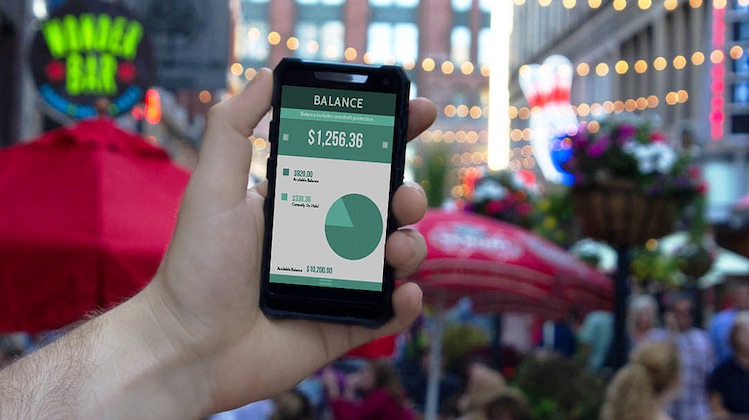The Customer Effect
Finance apps are now getting into mobile banking
- Third-party finance apps are increasingly offering customers bank accounts -- a way to "portalize" customer experiences and mirror moves taken by banks.
- Motivations vary by line of business; for lenders, turning to deposit accounts is a cheaper way to fund loans, and for PFM and investment platforms, it's a way to keep customers in their ecosystems.





